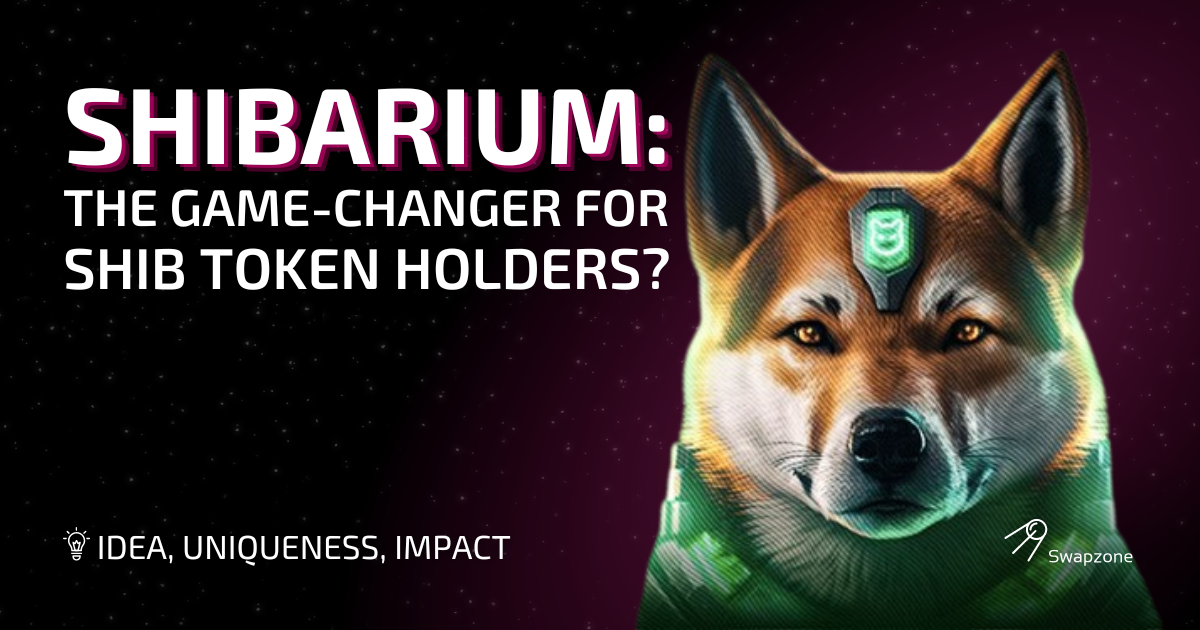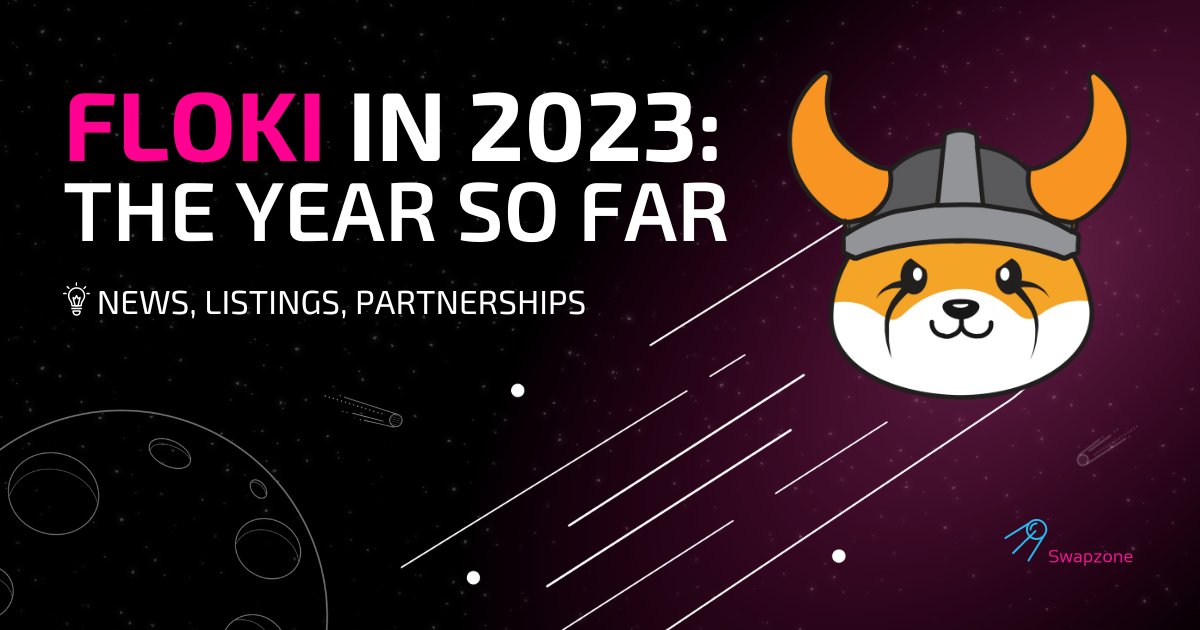Checkmate! Baby Doge Coin Launches Classic Chess Game on Binance Smart Chain
In the world of decentralized finance, innovation is key. Baby Doge Coin, a rapidly growing project in the DeFi space, is introducing gaming elements to its ecosystem on the Binance…



